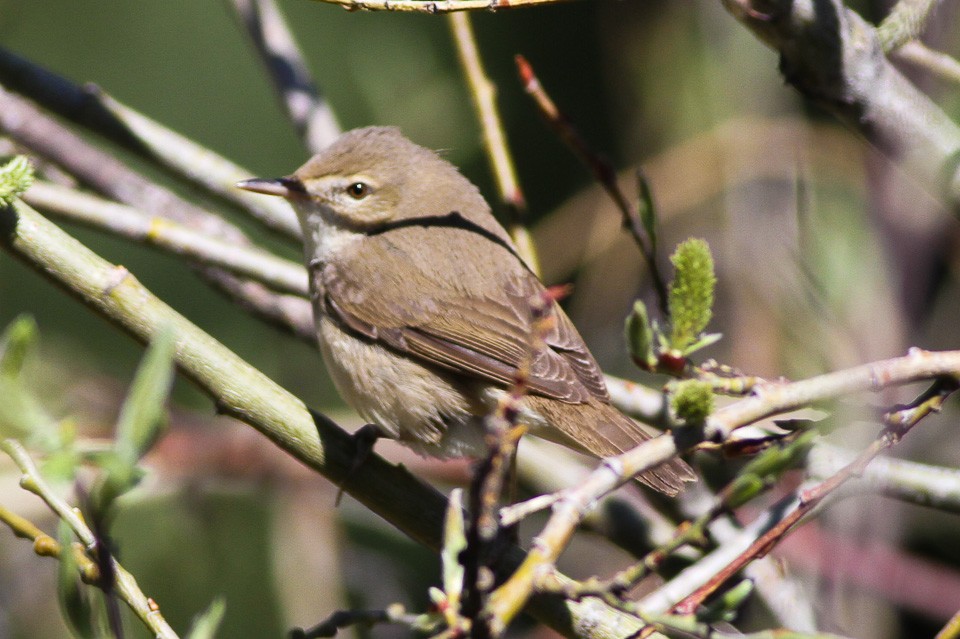Booted Warbler
A species of Iduna Warblers Scientific name : Iduna caligata Genus : Iduna Warblers
Booted Warbler, A species of Iduna Warblers
Botanical name: Iduna caligata
Genus: Iduna Warblers
Content
Description General Info
Description
The booted warbler (Iduna caligata) is an Old World warbler in the tree warbler group. It was formerly considered to be conspecific with Sykes's warbler, but the two are now usually both afforded species status. Booted warbler itself breeds from central Russia to western China, and migrates to winter in the Indian subcontinent as far south as Sri Lanka. Booted warbler has expanded its breeding range westward in recent decades and nests now as far west and north as Finland. It is a small passerine bird, found in open country with bushes and other tall vegetation. 3-4 eggs are laid in a nest in a bush or vegetation. Like most warblers they are insectivorous. These are small warblers, especially compared to others in their genus. They are pale brown (weak tea colour) above and whitish below with buff flanks. The outer tail feathers have pale edges. They have a short pale supercilium, and the bill is strong and pointed. Sykes's is larger and greyer than booted, and most resembles an eastern olivaceous warbler. Keyserling and Blasius gave no explanation of the genus name Iduna. The specific caligata is Latin for "booted" from caliga, "boot". 
Size
13 cm
Colors
Brown
Bronze
Gray
White
Nest Placement
Ground
Feeding Habits
Booted Warbler predominantly feeds on insects, employing agile foraging methods to catch its prey, often on the wing. It exhibits unique adaptations for insectivory with a preference for diverse insect types, adapted to hunting during various times of the day.
Habitat
The booted Warbler primarily inhabits open landscapes like steppes and overgrown pastures with a prevalence of low shrubbery for nesting, including spirea and pea species bushes. Its breeding habitat encompasses temperate meadows intermixed with dense vegetation, while in southern semi-desert areas, it favors low scrubland with saxauls and tamarisks. During non-breeding seasons, it also utilizes taller vegetation such as acacias.
Dite type
Insectivorous
General Info
Feeding Habits
Bird food type
Species Status
Not globally threatened.
Scientific Classification
Phylum
Chordates Class
Birds Order
Perching birds Family
Reed warblers Genus
Iduna Warblers Species
Booted Warbler 